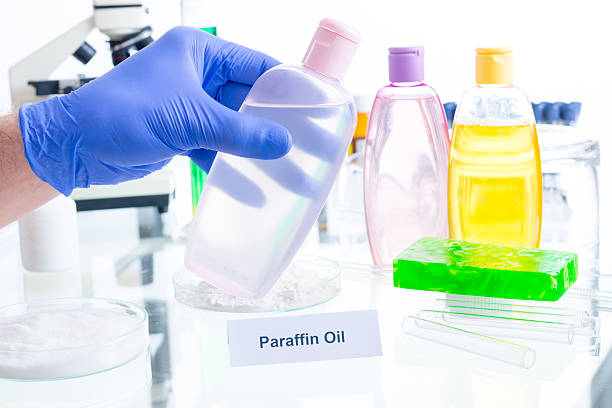Introduction
Many cleanrooms are designed to meet specific performance requirements dictated by regulations, industry standards, or customer specifications. These requirements usually identify the cleanroom classification required at an as-built, at-rest, or operational state.
Work with a company that understands the needs of working in a controlled environment. Wearing the wrong garments or using cleaning products that do not comply with your protocols can contaminate the entire facility and compromise your products.
Reputation
When we purchase or hire, we typically read reviews and get references to judge the company’s reputation. The same should hold when choosing a cleanroom certification companies. Look for a company that will respond quickly to a quote request and can answer technical questions early in the project design/build phase. They should also supply weekly project updates to keep you in the loop and on track.
A cleanroom is a room that has to meet specific cleanliness standards depending on the industry. The International Standards Organization (ISO) rates cleanrooms from ISO 1 (the cleanest) through to ISO 9 (the dirtiest). The rating is based on the concentration and size of airborne particles allowed per air volume in a specific room.
These particles can come from water, air, materials, equipment, facilities, and people. These contaminants can cause products to fail. It can result in wasted time, money, and resources and a ruined brand image.
Certifications
If you produce a pharmaceutical, medical device, or microelectronics product in a cleanroom, your success depends on the ability to control environmental pollutants. Without this controlled environment, you risk contaminated products that require time and money to fix, costly production delays, a bad reputation, and the loss of valuable business.
These facilities typically have a laminar airflow system, entryway air showers, and strict employee protocol to inhibit contamination from the outside world. They also feature ULPA/HEPA filters to ensure low contamination and many air changes per hour. For liquid medicines or aseptically processed products, the opportunistic presence of a single microorganism could be catastrophic.
3rd party cleanroom testing companies, will test for particle counts, room pressurization, and other parameters. Your company’s manufacturing procedures require these tests, FDA validation/CGMP, or customer requirements. These tests will reveal any areas of concern and allow you to take corrective actions.
Free Samples
Whether you’re looking for gloves, wipes, or adhesive mats for your cleanroom, it’s best to start by finding a company that offers free samples and low minimum order requirements. That way, you can understand how the products will perform and fit into your facility’s workflow before buying a large quantity.
A cleanroom is a specialized area that controls the amount of particles in the air. It is necessary for industries that manufacture sensitive or valuable items. For example, a computer chip manufacturer needs a high-quality environment, and pharmaceutical companies must use a sterile cleanroom for their products.
Government regulations, ISO guidelines, and customer specifications set the rules for these spaces. Choosing the right cleanroom certification company is vital for ensuring compliance.
References
Whether you need a cleanroom to produce pharmaceuticals, microchips, or aerospace products, your converting supplier needs to be certified to ensure product safety and integrity. Non-certified converting companies can contaminate your environment, equipment, and supplies, creating costly production problems. They may also need to complete the required inspections and quality checks, resulting in a failed audit or recall of your products.
The cleanliness of a cleanroom is measured by its classification – usually ISO, FS 209, or both. These classifications determine the airborne particle levels that must be maintained in a controlled environment to protect your product and its workers.
Depending on your industry, these cleanroom classifications may differ from one another. For example, liquid pharmaceuticals require a “dirty corridor” design and a lower airborne particulate count standard class than powders. That is because opportunistic microorganisms can spread rapidly with liquid droplets, making it more challenging to control contamination. These differences are reflected in the USP chapter that covers engineering control certification.
